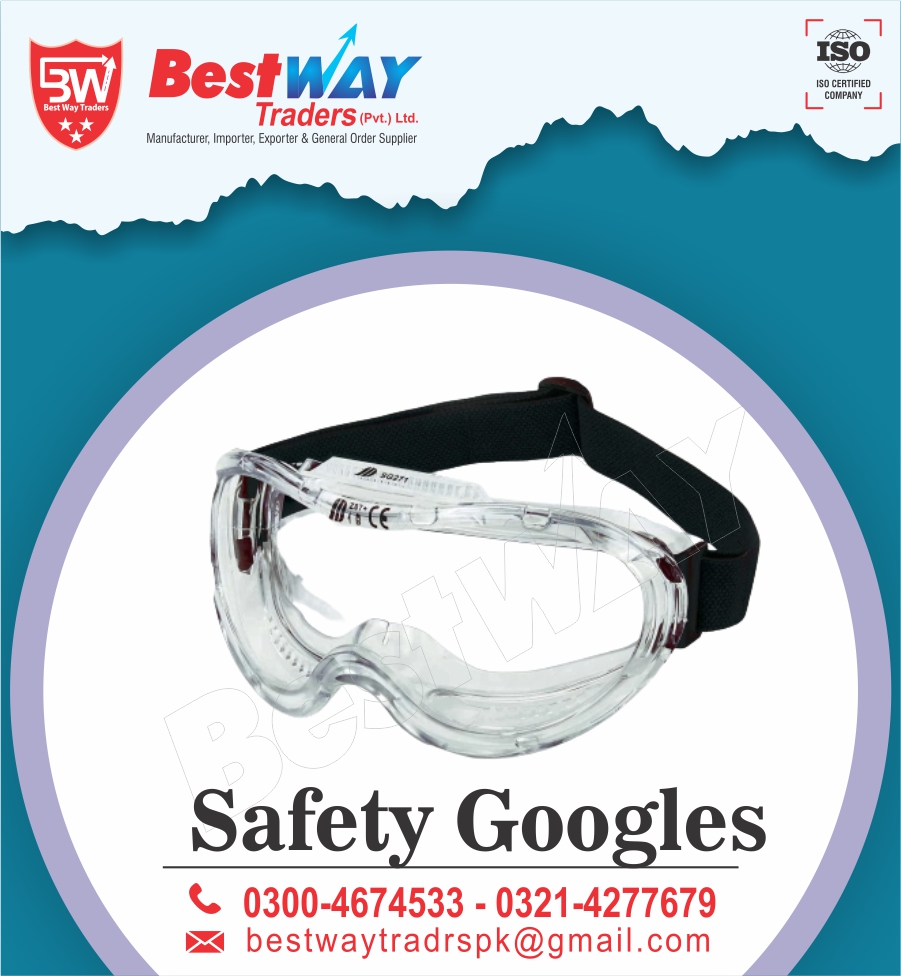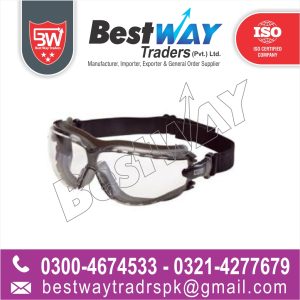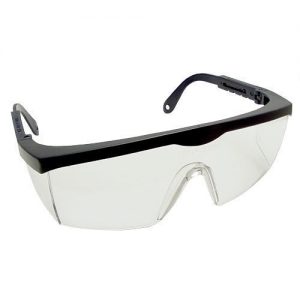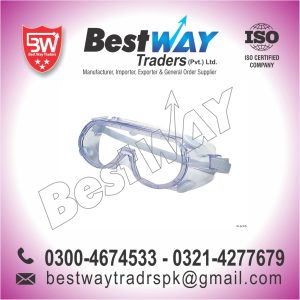Description
epartments are responsible for buying required personal protective equipment for employees as it relates to eye and face protection. Departments should consider purchasing prescription safety glasses, see OSHA’s Eye and Face Protection website. Employees are responsible for the costs of eye examinations.
Eye and Face Hazards
Listed below are some hazards that employees may be exposed to when protecting the eyes and face.
- Chemical and Biological
- Dust or mist
- Splashes of liquids
- Extreme Heat and Cold
- Flying Objects
- Impact or Explosion
- Radiation
General Requirements
- Employees must use appropriate eye or face protection when exposed to eye or face hazards.
- Eye and face PPE must be marked to identify the manufacturer and the ANSI Z87 standard marking on the frame.
- Eye and face protection must meet ANSI Z87.1- “American National Standard Practice of Occupational and Education Eye and Face Protection”.
- Safety eyewear can be worn over prescription lenses and should not disturb the proper position of other safety apparel.
- Safety eyewear can be purchased that incorporates prescription vision correction in the design. (env-health-occ-safety@ncsu.edu)
- OSHA provides reference guidance in OSHA’s Eye and Face Protection eTool
Types of Eye and Face ProtectionSafety Glasses
- Standard safety glasses are designed to protect against light to moderate impact and flying particles and are constructed of metal or plastic with impact-resistant glass or plastic lenses.
- Safety glasses must have shatter-proof lenses, impact resistant frames and provide side protection. Detachable side protectors (e.g. clip-on or slide-on shields) are acceptable if they meet the ANSI requirements.
- Metal frame safety glasses shall not be used when performing electrical work
- The employee is responsible to obtain any prescription for corrective lenses.
Limitations:
- Standard safety glasses are not impervious to all impacts. They can also be dislodged easier than other eye protection.
- Safety glasses do not prevent liquids from entering into the eyes from a splash to the face.
- Safety glasses do not protect against vapors or airborne particulates.
- Prescription Safety Glasses guidance and ordering information.
Safety Goggles
- Safety goggles are tight-fitting eye protection that completely cover the eyes, eye sockets and the facial area around the eyes and provide protection from impact, dust,, mists, and splashes.
- Safety goggles can be worn over prescription lenses.
- Safety goggles are available with perforated, port-vented, or non-vented frames.Safety goggles should be worn when working with liquids that may splash or if vapor or airborne particulate protection is required.
- Face shields provide general protection to the entire face for a variety of hazards, such as flying debris, chemical splash, arc flash, UV radiation, and extreme heat.
- Impact rated face shields can be worn or face shields must be worn over primary eye protection (safety glasses or goggles) when there is a potential exposure to flying fragments or objects, hot sparks from furnace operations, potential splash from molten metal, or extreme temperatures.
Limitations:
- Some face shields are not rated for impact protection.
- Face shields do not protect against airborne particulate hazards
Welding Shields
- Welding shields are constructed of vulcanized fiber or fiberglass and fitted with a filtered lens. The shield assemblies consist of vulcanized fiber or glass-fiber body, a ratchet or button type adjustable headgear or cap attachment, and a filter and cover plate holder.
- Welding shields protect eyes from burns caused by infrared or intense radiant energy. Welding shields protect both the eyes and face from flying sparks, metal spatter and slag chips produced during welding, brazing, and soldering.
- OSHA requires welding shield filter lenses to have a shade number appropriate to protect against the specific hazards of the work being performed in order to protect against harmful light radiation. See “Filter Lenses for Protection Against Radiant Energy” for information. (env-health-laser-safety@ncsu.edu)
Welding Helmets
- Welding helmets protect the eyes and face from infrared or radiant light burns, flying sparks, metal splatter, and slag chips encountered during welding, torch brazing, torch soldering, resistance welding, bare or shielded electrical arc welding, and oxy-acetylene work.
- Welding helmets should only be used over primary eye protection (i.e. safety glasses or safety goggles). Always follow the manufacturer’s instructions.
Limitations:
- Welding helmets do not protect against airborne particulates
- Welding helmets do not protect against head impact hazards except the face.
Laser Safety Glasses/Goggles
- Laser safety glasses/goggles protect against intense concentrations of light produced by lasers.
- Laser safety glasses/goggles selection is dependent upon the laser equipment and operating conditions.
- For use of eye protection around lasers please refer to the Laser Eye Protection
Selection Guide





Reviews
There are no reviews yet.